What is Adaptive Cruise Control?

With semi-autonomous active safety systems becoming commonplace, more and more vehicles are beginning to offer adaptive cruise control as either optional or standard equipment.
You have probably seen the words ‘Adaptive Cruise Control’ printed in advertisements and mentioned in car reviews, but what exactly is it? In this post, we’re going to answer that and other frequently asked questions with regards to adaptive cruise and also give you a brief backgrounder on the history of the technology. We’ll also touch upon other radar, lidar and camera-based active safety technologies that adaptive cruise control technology helped to make possible, such as collision mitigation braking.
What is Adaptive Cruise Control?
As you probably already know, a normal cruise control system allows you to set a vehicle speed using a button, say 100 km/h, for example, and then coast at that speed without having to make any throttle inputs.
SEE ALSO: The Pros and Cons of Conventional and Adaptive Cruise Control
With normal cruise control, it typically only works for highway driving where there is no traffic because hitting the brakes will cancel cruise control and it’s up to the driver to adjust your vehicle’s speed to the flow of traffic using the brakes.
Adaptive cruise control will do this automatically, using radar, lidar or cameras to detect the speed at which vehicles in front are moving and then automatically adjusting the speed to match and keep a safe distance. The driver can use buttons (usually located on the steering wheel) to a set a car length-based distance from the vehicle ahead, ranging from 2-4 car lengths in many vehicles. The distance is often displayed using bars, sometimes in the TFT display in the vehicle’s instrument cluster.
There are a few different types of cruise control on the market today offering different levels of capability. Full adaptive cruise control, such as Mercedes-Benz’s Distronic system, will offer ‘Traffic Jam Assist’ or ‘Stop & Go’. These higher-end systems have no speed restrictions and will bring the vehicle to a full stop if necessary and also progressively accelerate up to the preset speed when the car in front has moved. Sometimes if the car has stopped for more than a predetermined time, say, 7 seconds, for example, the driver has to hit the accelerator briefly or resume driving using a button on the steering wheel.
ALSO SEE: CVT Transmission Pros and Cons
Adaptive cruise control in some cheaper vehicle models won’t have full Stop & Go functionality and will be restricted to highway speeds and not bumper-to-bumper traffic, but will usually be paired with a forward collision warning and/or collision mitigation system. These systems will alert you when an object is within a certain range of the front of the vehicle, alerting the driver in the event they aren’t paying attention. If the vehicle gets too close to an object without the brakes being applied, it will begin to brake automatically — so long as the vehicle has collision mitigation braking as well.
Technology likes this can make the driving task easier. Standard cruise control and adaptive cruise control are helpful in long-haul driving scenarios, while the more advanced adaptive cruise control can alleviate stress in traffic. Forward collision alert and collision mitigation braking attempt to reduce the chances of drivers being involved in rear-end collisions, which are on the rise in the U.S. in part due to distracted driving from cellphone use.
Cool! So How Does it Work?
There are a few different types of adaptive cruise control on the market. Some systems are radar-based (these are the most commonplace), while others use cameras or a combination of radar and cameras. Some systems are laser-based, although these are much less common these days.
A radar-based system, such as Toyota’s Dynamic Radar Cruise Control system, use a front-mounted radar transmitter to detect objects ahead. The radar will detect how far away a vehicle is in real-time and communicate this information with your vehicle, allowing it to maintain a consistent distance from the vehicle ahead as you drive down the road. Some of these radars will be built into a vehicle’s front fascia or worked into the existing grille badge, like the Genesis fascia pictured below.
A camera-based system, such as Subaru EyeSight, uses cameras to scan the road ahead. These systems will use a computer to read the camera’s image and help to detect and identify various objects on the road including vehicles and pedestrians. EyeSight is a bit more simple and straightforward than comparable adaptive cruise control systems and enables Subaru to implement semi-autonomous safety tech on most of its vehicles.
A radar and camera-based system, like Mercedes-Benz’s Distronic Plus system, uses both radars and cameras to scan the road ahead. The cameras can pick up some information that radar may not be able to, such as traffic sign data, vehicle brake lights and turn signals, while radar scans for vehicles and objects in the vehicle’s direct path. This all-seeing radar/camera combo is usually implemented to enable advanced semi-autonomous functions, such as the Lane Steer Assist and Stop & Go Pilot Traffic Jam Assist. Tesla Autopilot also uses a combination of radar and cameras to enable semi-autonomous functionality.
Sometimes the camera cover or radar terminal may become dirty – especially in the winter when road salt is used. The user will need to keep the camera and radar clean in order for it to work properly. Your vehicle may display a warning message on the dashboard indicating the adaptive cruise control is inoperable if the camera cover or radar terminal becomes too dirty.
And How Do I Use It?
This will vary from manufacturer to manufacturer. Most adaptive cruise control systems will operate much like normal cruise control, though. First, set your desired cruising speed. You can then use the distance adjustment buttons to change the following distance from the vehicle ahead. Most automakers display the distance using bars, with 1-4 distance settings usually offered. Follow distance will typically range from 1-4 seconds.
Just like normal cruise control, you can tap the brake to switch the system off or use the on/off button – usually located on the steering wheel. The ‘+’ and ‘-‘ buttons you use to adjust the speed with normal cruise control operate the same way with an adaptive cruise control system.
We highly suggest referring to your vehicle’s owner’s manual before using adaptive cruise control out on public roads. For a rough explanation of how to use such a system, though, we’ve embedded a how-to video below on how to use Honda’s adaptive cruise control system.
Here’s an important reminder: Using adaptive cruise control and even Tesla’s Autopilot still requires a driver’s full attention, so systems still require a driver’s hands to be on the wheel at all times, even if lane-keep assist is active. These tools exist to help make your drive safer and less stressful but it doesn’t mean you can read a book, play a game on your phone, take a nap, or resign your responsibilities as a driver.

Sam McEachern holds a diploma in journalism from St. Clair College in Windsor, Ontario, and has been covering the automotive industry for over 5 years. He conducts reviews and writes AutoGuide's news content. He's a die-hard motorsports fan with a passion for performance cars of all sorts.
More by Sam McEachern



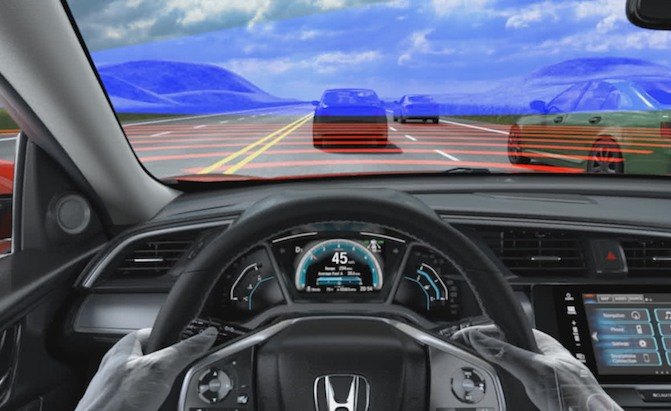


















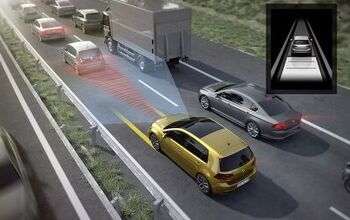
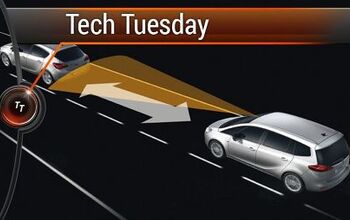

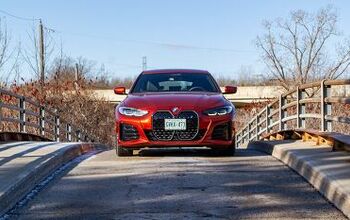
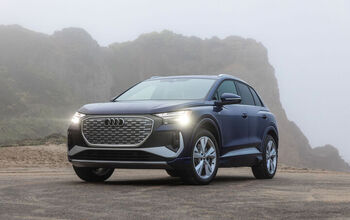
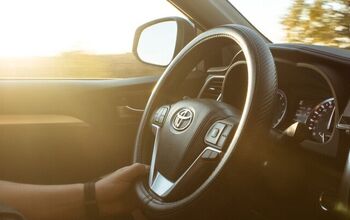




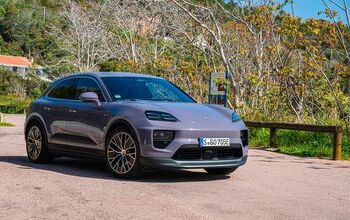
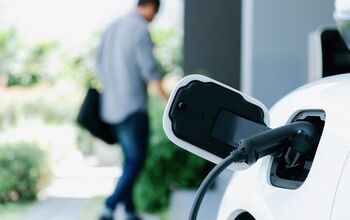
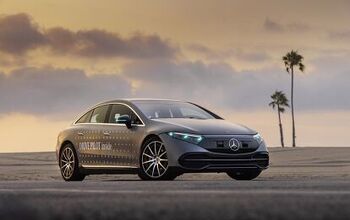
Comments
Join the conversation